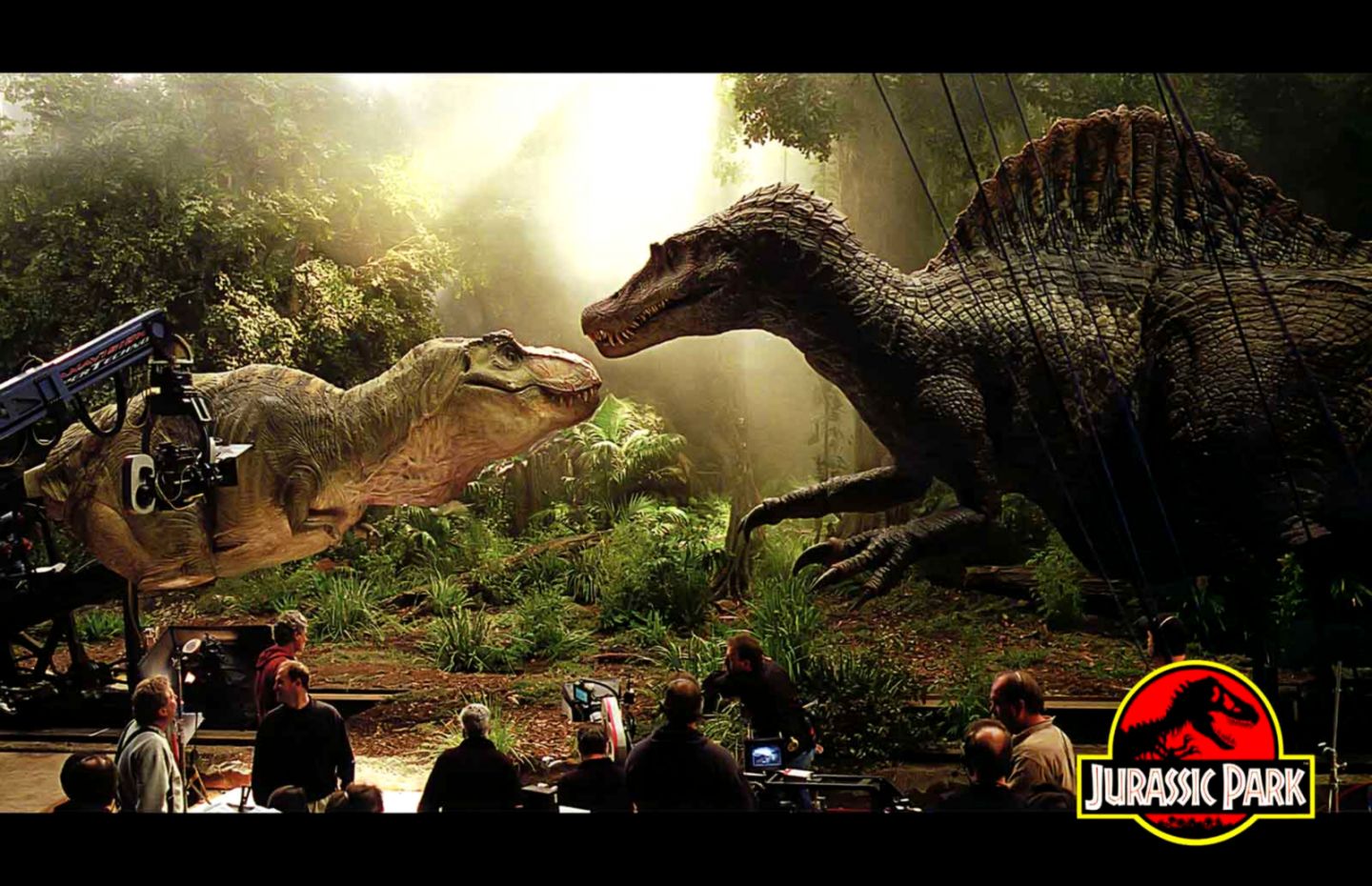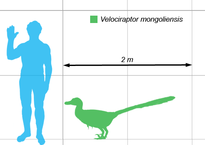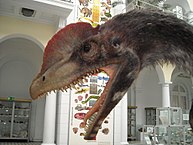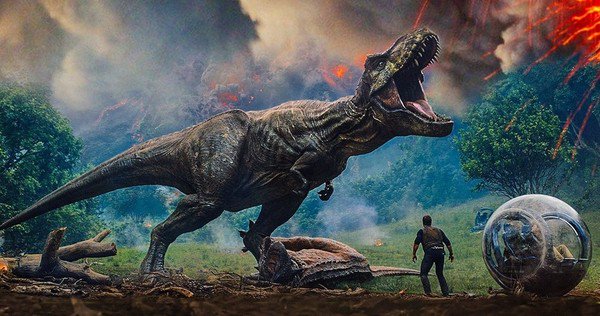Jurassic World’s Dinos are Cool…But Not Very Accurate
June 19, 2018

The scientific depiction of a dinosaur today is far different from what both scientists and the general public believed 20 years ago. In fact, our understanding of how dinosaurs behaved and what they looked like has changed almost constantly from when dinosaur fossils were first discovered.
But though our scientific understanding of these fascinating prehistoric creatures has only grown over time, depictions of dinosaurs in pop culture have largely remained stagnant ever since the release of a certain 1993 blockbuster by the name of Jurassic Park.
The Steven Spielberg directed film, one of the first films to make significant (and convincing) use of computer generated effects, was a box office sensation that forever changed how the world viewed dinosaurs. And while the look and behavior of the dinosaurs in the film like the Tyrannosaurus Rex were at least partly based on science at the time, much of that science is now out of date.
Take, for instance, the idea that the T-Rex has poor vision. There’s a significant chunk of the film that revolves around protagonist Dr. Alan Grant and other survivors of the island attempting to elude a hungry T-Rex by standing perfectly still, with the idea being that the creature’s eye sight was so poor it would be unable to notice a person standing right in front of it as long as that person wasn’t moving.
In actuality, however, T-Rex’s are believed to have had excellent eye sight, with some evidence suggesting their vision would have been comparable to that of a hawk.
 Or take the film’s iconic Velociraptors. Unfortunately, the film version of these predators wasn’t accurate even for 1993. Velociraptors were actually much, much smaller than the people-sized creatures seen in the film. In the real world, they would have only been around the size of a turkey and also covered in feathers. The film also makes out the creatures to have had almost human levels of intelligence, something that was not the case.
Or take the film’s iconic Velociraptors. Unfortunately, the film version of these predators wasn’t accurate even for 1993. Velociraptors were actually much, much smaller than the people-sized creatures seen in the film. In the real world, they would have only been around the size of a turkey and also covered in feathers. The film also makes out the creatures to have had almost human levels of intelligence, something that was not the case.
 And then there’s the Dilophosaurus, the dinosaur in the film that spits a toxic, black-tar looking substance at its prey and sports a colorful and visually impressive frill around its head. Sorry to disappoint you, but the real world version of Dilophosaurus didn’t sport either of its most iconic Jurassic Park traits.
And then there’s the Dilophosaurus, the dinosaur in the film that spits a toxic, black-tar looking substance at its prey and sports a colorful and visually impressive frill around its head. Sorry to disappoint you, but the real world version of Dilophosaurus didn’t sport either of its most iconic Jurassic Park traits.
So after so many falsities, what did Jurassic Park get right? Today, science tells us that many dinosaurs, including T-Rex, would have been at least partially covered in feathers. But in 1993, there wasn’t as much science to back that idea up. So for the time period in which the film was made, the visual look of the movie’s dinosaurs were at least mostly accurate.
The science behind the creation of the park is more plausible than you might first think as well. In the film, scientists extract dinosaur DNA from mosquitoes fossilized in amber, perfectly preserving the dinosaur blood inside. Believe it or not, that part of the film is perhaps the one that’s most based in real science. There’s a very real possibility that sometime in the not so far future, scientists will be able to revive long dead animal species using a combination of ancient, preserved DNA and DNA from modern day animals.
For the most part, the Jurassic Park films aren’t something you would want to base your science report on. Subsequent sequels, most notably Jurassic World and the new Jurassic World: Fallen Kingdom, could have corrected some of this bad science, but ultimately chose not to. The look of the T-Rex, Velociraptors and other dinosaurs from the films have become too iconic, and as a result have remained virtually unchanged despite more than two decades worth of new science. In a way, the dinosaurs of Jurassic World and Jurassic Park have become an image frozen in time, not so different from the precious amber encased dino-DNA the films revolve around.
Thankfully, even if the science of the movie franchise isn’t up to snuff, they still make for some great entertainment. Jurassic World: Fallen Kingdom is in theaters starting June 22.

Want to see some real dinosaurs (or what’s left of them, at least)? Be sure to visit the fossil gallery at the Museum of World Treasures, which includes our very own T-Rex, Ivan.